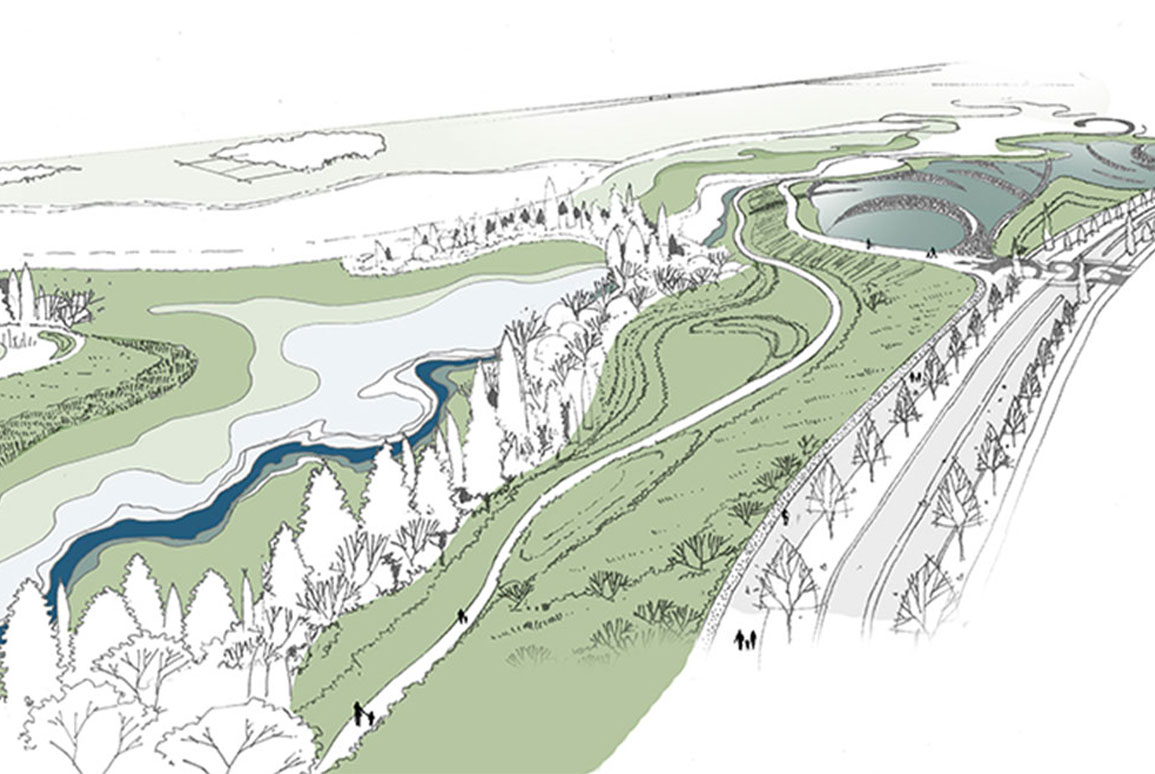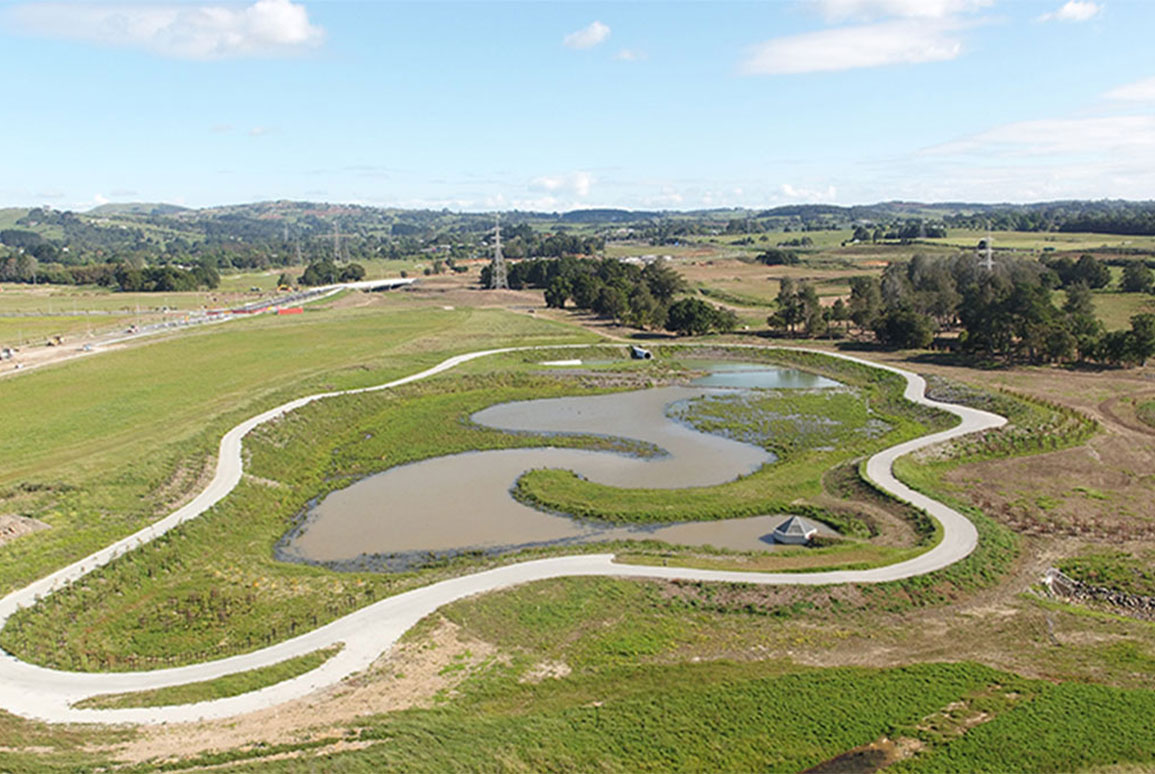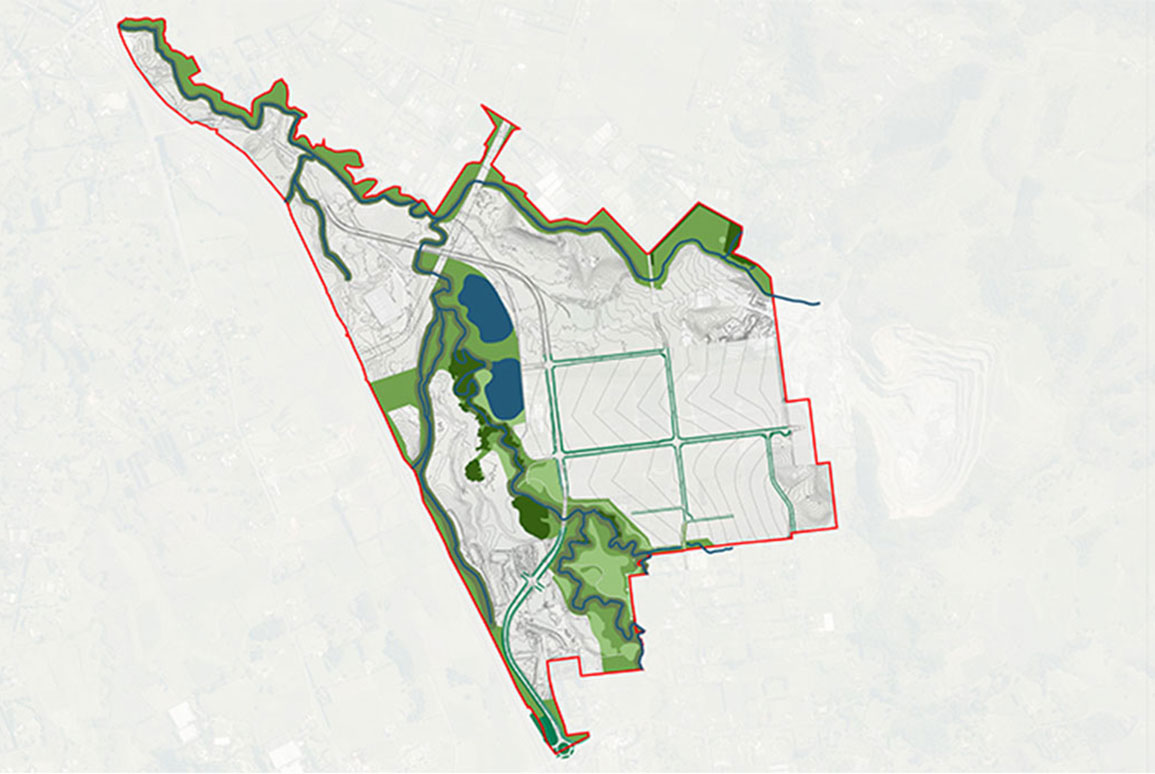Native tree planting to create new habitat at Drury South Crossing
30 November 2020
Half a million native plants and trees will be installed as part of the Drury South Crossing development, creating habitat for threatened birdlife.

Spanning 85 hectares of connected open space, recreation areas and wetlands, the ecological area is designed to provide a habitat for endangered native birds, lizards and bats. It aims to improve water quality in the district and will form part of a new large recreation area for Aucklanders.
In a recent article published on Stuff, Mark Lewis said extensive research and planning went into understanding the area’s specific environmental needs.
The project team worked closely with Auckland Council and mana whenua to develop diverse native planting types, representing historical vegetation in the area, Mark says.
“One of the key outcomes of our consultations with local iwi and hapū will see the establishment of hectares of harakeke and purei wetlands, and large stands of kahikatea, kanuka, podocarp, and broadleaf forest types.
“These restored natural systems will connect mature vegetation remnants scattered across the site.”

Surveys undertaken by Boffa Miskell ecologists identified more than fifty bird species in the area including eight endangered species. The creation of new habitats for these bird species, such as the grey duck, red-billed gull, white heron, kākā and pied shag was a priority in the planning stages.
The first stage of the restoration programme included more than a quarter of a million native plants introduced to help support the regeneration of indigenous birdlife. The number of plants is set to double over the next stages.
Find out more Drury South Crossing Stormwater Wetland 1
For further information please contact Mark Lewis


